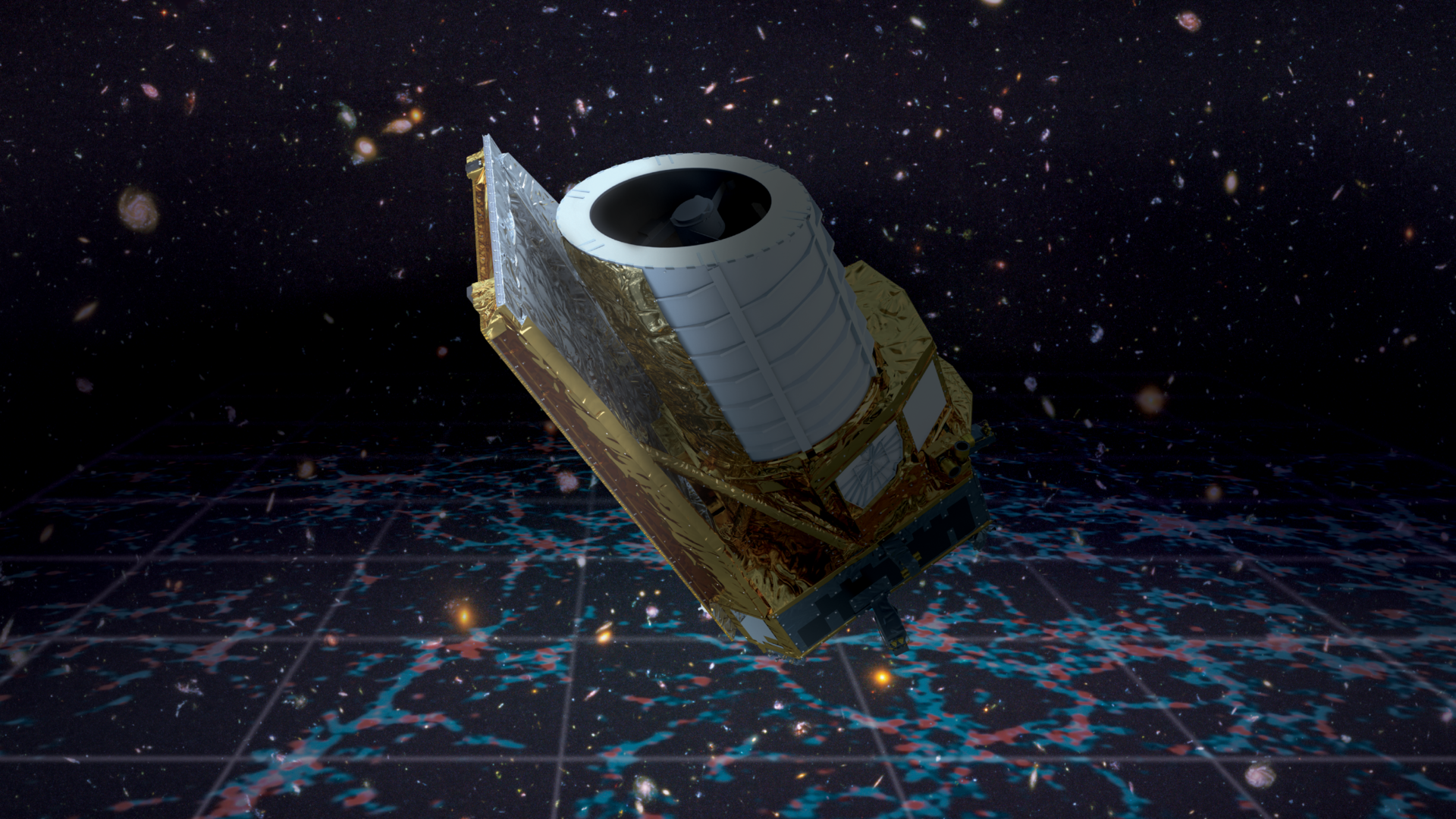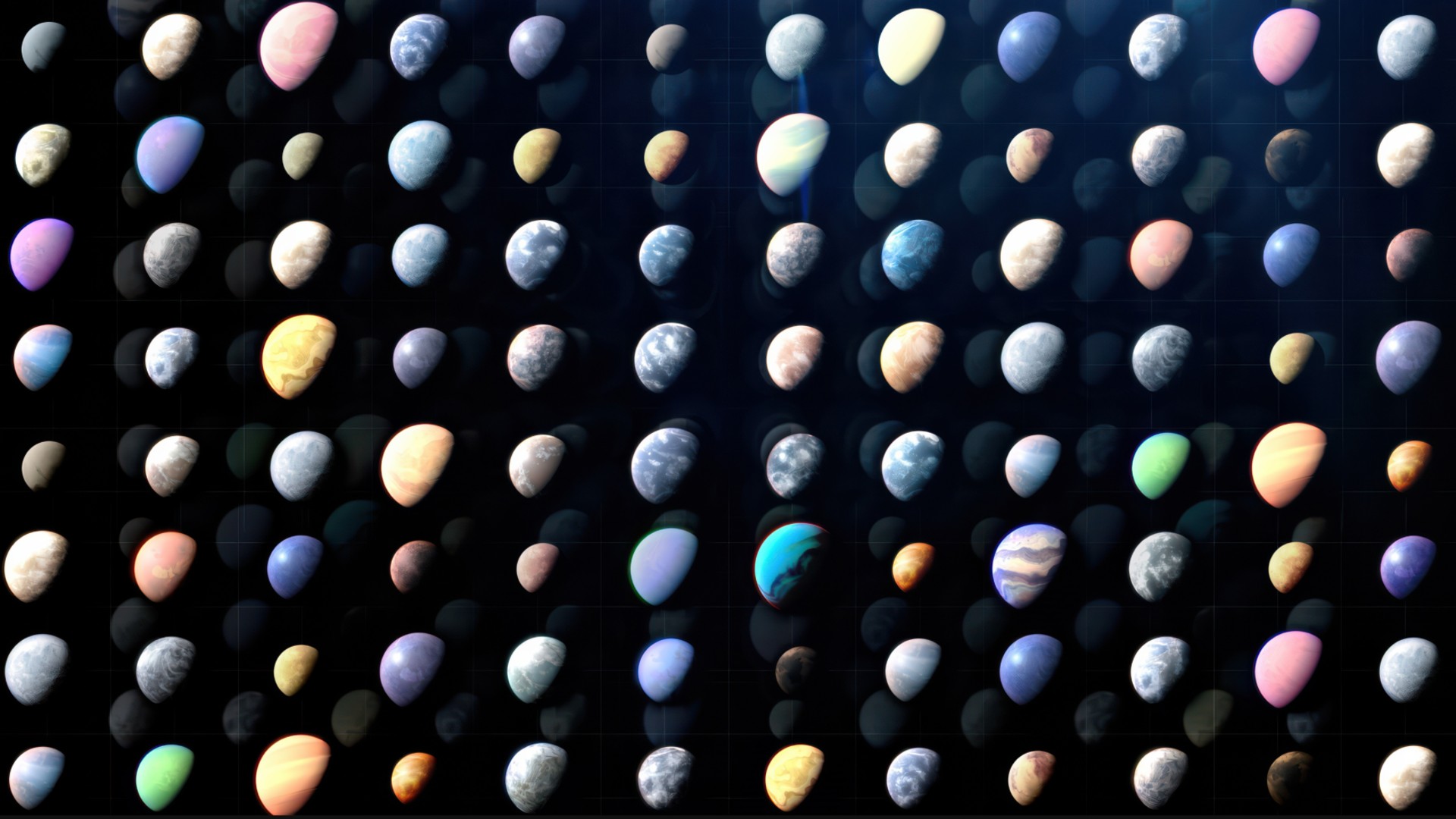'Dark universe' telescope Euclid faces some setbacks during commissioning

The European Space Agency’s (ESA) Euclid space telescope launched from Cape Canaveral on July 1. By all accounts, the launch passed smoothly. Even when mission control lit up Euclid’s instruments and took the telescope’s first test images, everything seemed well. But as with any space mission — and, for that matter, any complex enough endeavor — complications inevitably arose.
Euclid’s complications began when its guidance system failed to track faint stars.
Euclid’s Fine Guidance Sensor (FGS) is an apparatus that helps orient the telescope. Under normal circumstances, the FGS locks onto known stars to plot where the telescope is pointing in the sky. Engineers can exhaustively test the FGS before launch, but real space conditions are very difficult to simulate. Ground tests do not necessarily account for factors like cosmic rays that interfere with the device.
Mission control extended Euclid’s commissioning phase in order to write up a software update that addresses the system's anomaly, and ESA is optimistic that this update has fixed the problem.
Related: Who is the Euclid 'dark universe' space telescope named after?
"I’m relieved to say that initial tests are looking good. We’re finding many more stars in all our tests, and while it’s too early to celebrate and more observations are needed, the signs are very encouraging," Micha Schmidt, Euclid’s operation manager, said in a statement.
But that wasn’t the end of Euclid’s issues.
Breaking space news, the latest updates on rocket launches, skywatching events and more!
One of Euclid’s instruments occasionally seemed to be picking up strange streaks of light. Soon, ESA mission control found the culprit: The sun.
Euclid is located at the Sun-Earth Lagrange Point 2, sharing this space with NASA’s James Webb Space Telescope. Here, "behind" the Earth, the Sun remains at the telescope’s back, and the telescope lies in Earth’s shadow. To provide Euclid even more protection, the telescope has a sunshield.
But the sunshield did not shadow everything.
Part of one of Euclid’s thrusters reflected a tiny amount of light that seems to have evaded the sunshield. Euclid’s Visible light instrument (VIS) is sensitive enough to discern that reflected light when the instrument is turned to certain angles. In all, the stray light pops in around 10 percent of VIS’s images.
How much that affects Euclid's mission remains an open question.

Rahul Rao is a graduate of New York University's SHERP and a freelance science writer, regularly covering physics, space, and infrastructure. His work has appeared in Gizmodo, Popular Science, Inverse, IEEE Spectrum, and Continuum. He enjoys riding trains for fun, and he has seen every surviving episode of Doctor Who. He holds a masters degree in science writing from New York University's Science, Health and Environmental Reporting Program (SHERP) and earned a bachelors degree from Vanderbilt University, where he studied English and physics.
